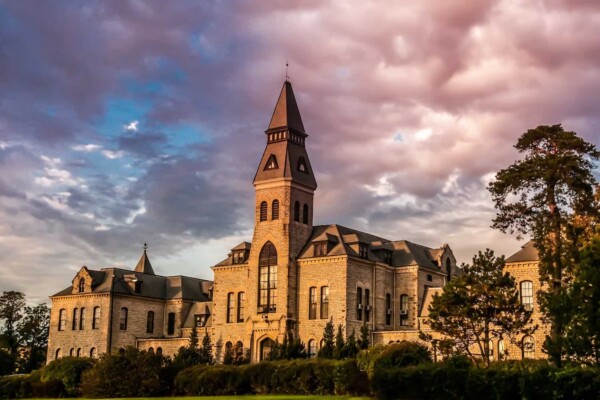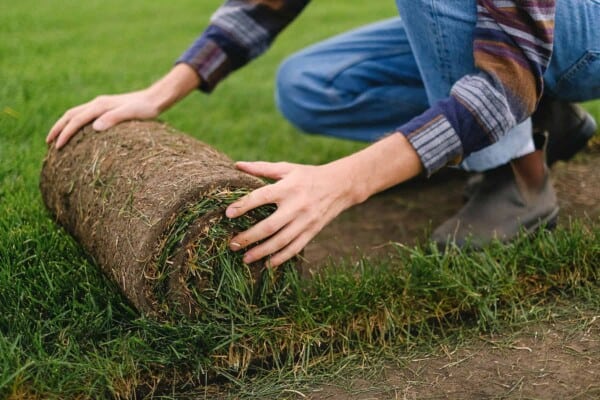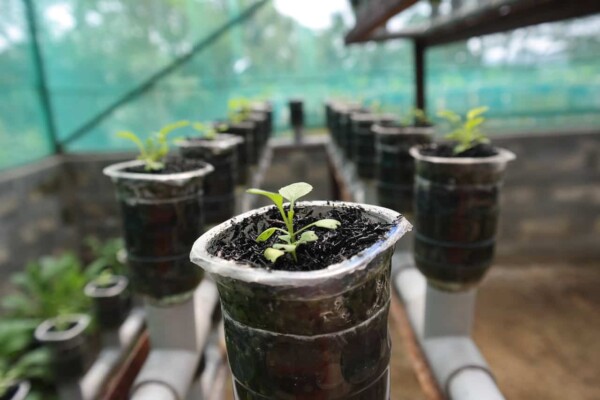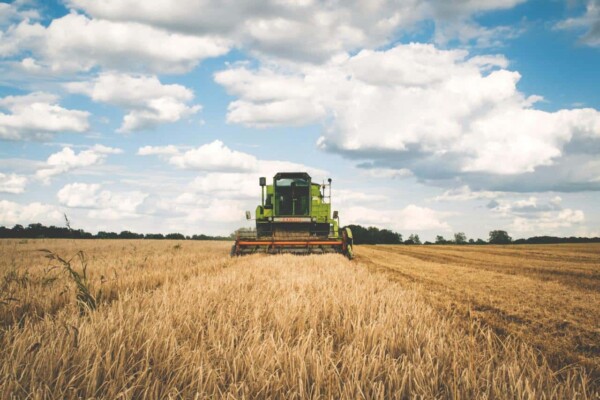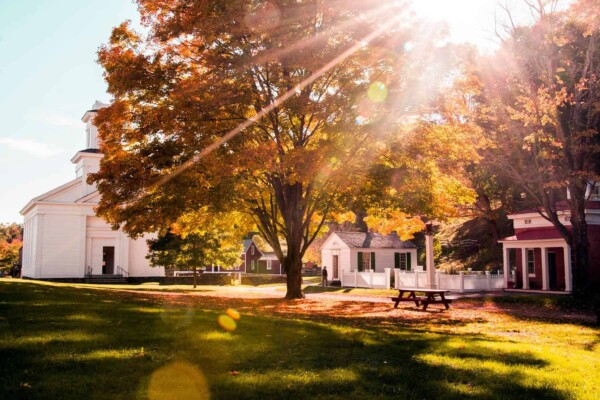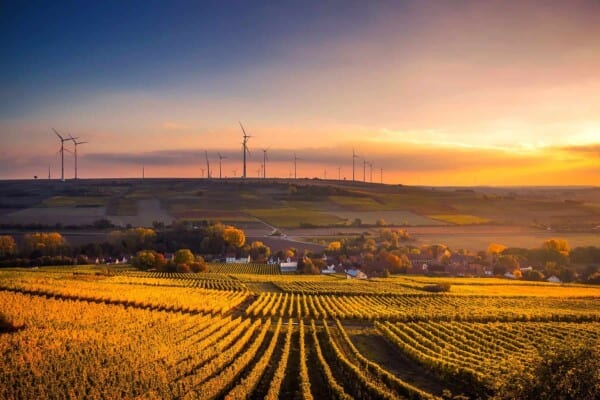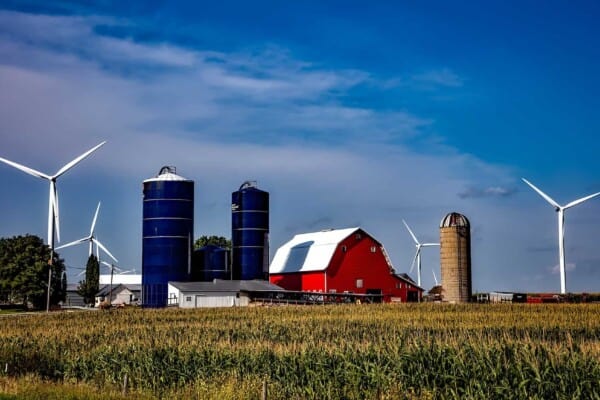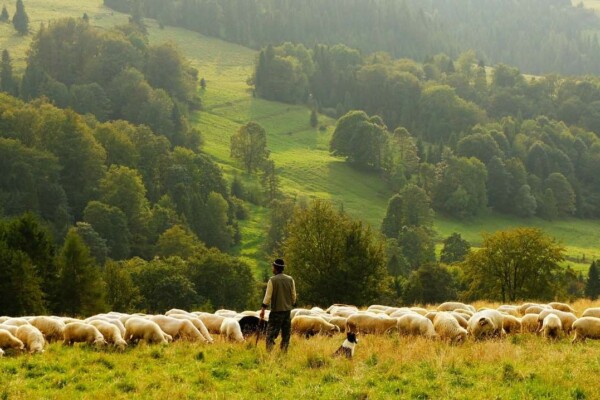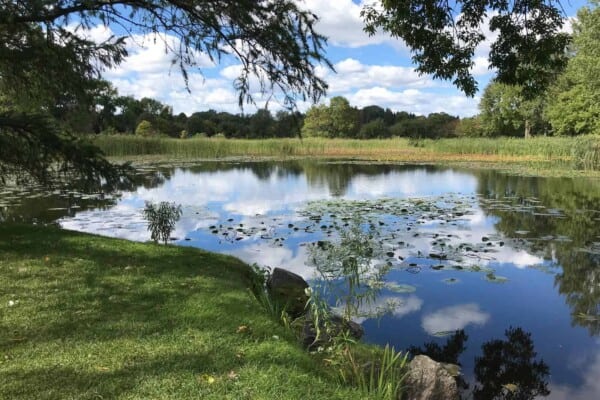Are you looking for a few interesting ideas for your new barn project? Well then look no further because we’ve got the exact type of content you’ve been searching for all along.
There are a ton of amazing barn ideas that you can snatch and make your own out there, but not all of them will suit your needs or wants.
A lot of the time you need to actually look through hundreds of pictures just so you can accurately tell if you’d like to look at that for the rest of your life or not.
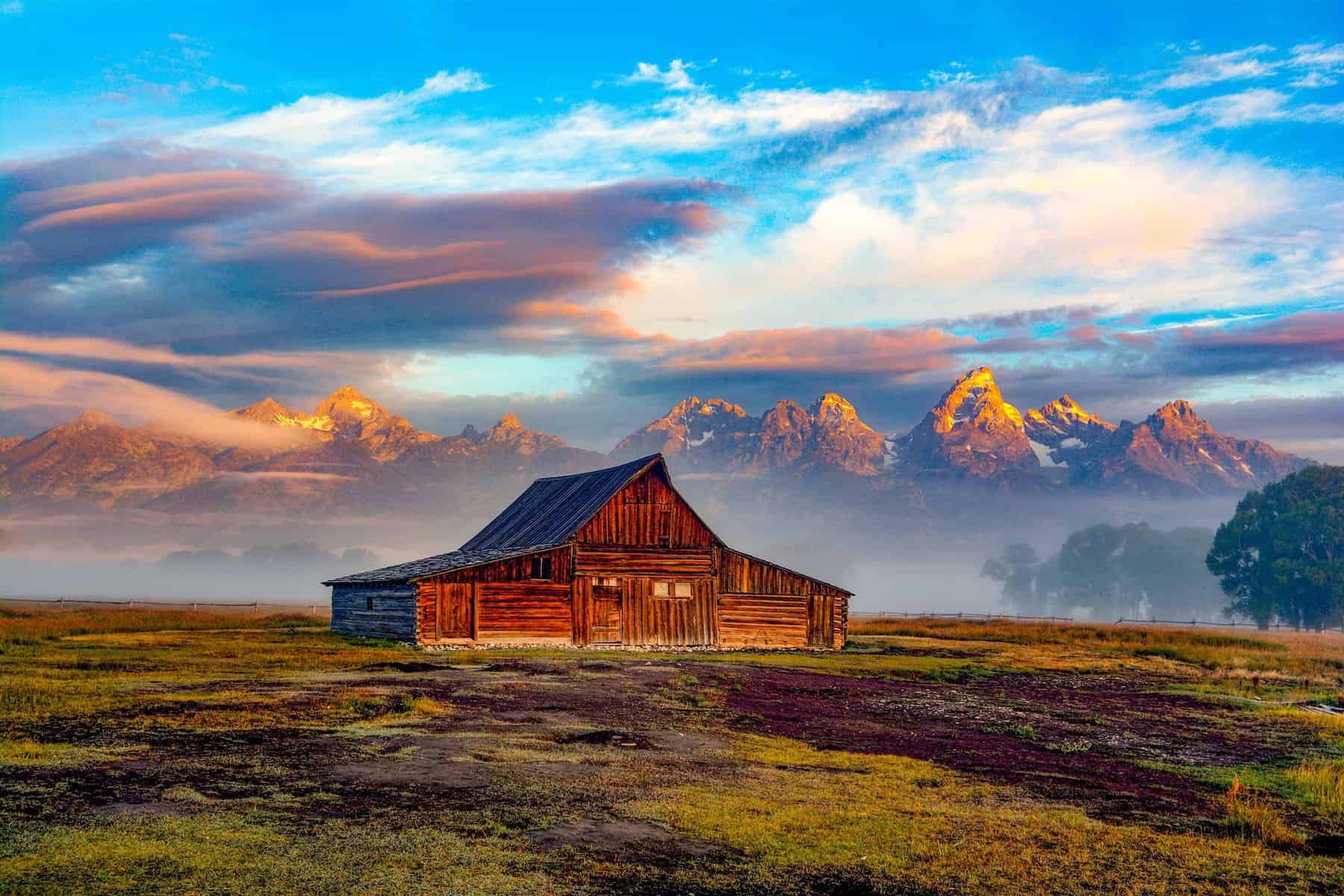
So, in this article we will be showcasing the 15 most popular types of barns, and in order to actually help you better understand which one is the best for you, we will give you a series of positives that come with each of these barn styles.
But regardless, let’s not dwindle about any longer and instead just hop right into our first pick of the day, the all-time American classic barn style:
1. Gambrel Roofed Barn
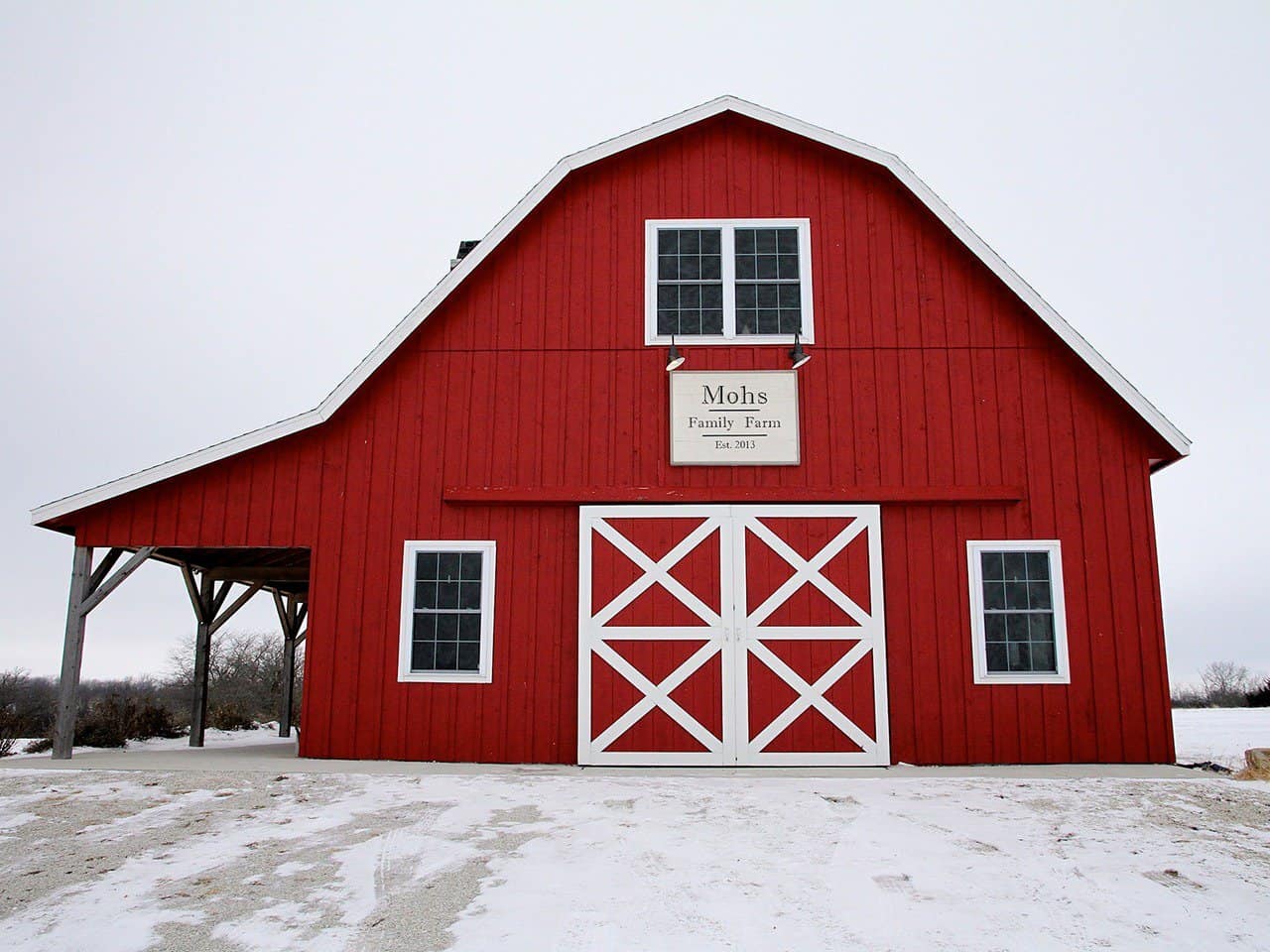
This is pretty much one of the most popular barn styles we can think of, and you can instantly tell why. This iconic Gambrel roof style was first popularized by the Fisher-Price Little People Farm set, and it became all the more popular as the years rolled on due to how simplistic and yet truly stunning it really is.
The gambrel roof provides you with a ton more space for you to store whatever it is you want to store in it, and not only that but the shape itself was also specifically thought out to assure that you can keep your livestock in it without a hitch.
The more hay storage you have, the better, right? Well, if that’s the case, then this is most definitely the best option for you right now.
You can also store your crops in here too if you want to, and not only that but it gives your farm a more traditional patriotic look that many of us can’t get enough of.
2. Panelized/Prefab Barns
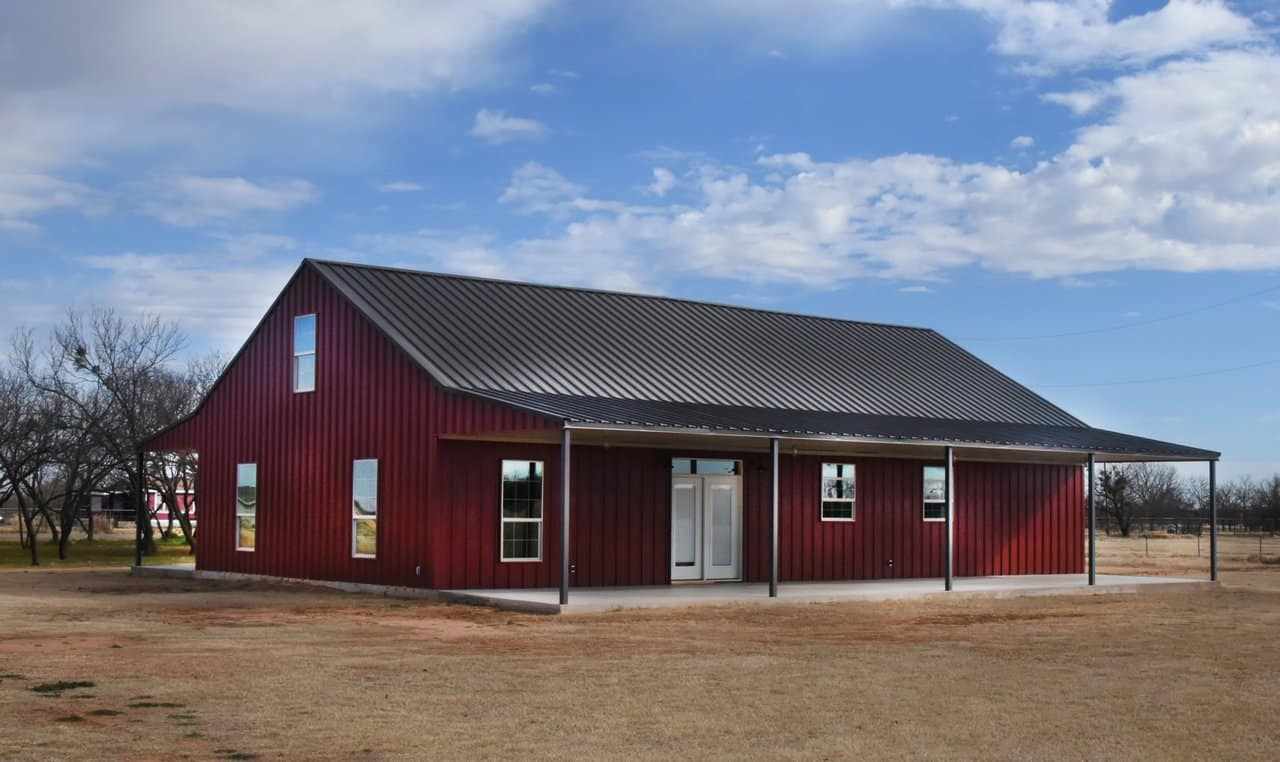
Panelized, or prefabricated barns, are by far the most popular options around California, Oregon, Texas and Washington. This is because they are sold by brand names as barn kits that are readily available at all times and they are also on the more affordable side too.
They are cost-effective structures that do everything you’d want your barn to do. You can store anything you want in them, and not only that but you can also build them almost anywhere without having to worry about any permit issues.
The only real issue with panelized or prefabricated barns is the fact that they do come, as the name implies, premade, so you won’t really get to customize them in the slightest. You get what everyone else gets, whether that is a good or a bad thing you decide.
3. Framed Barns
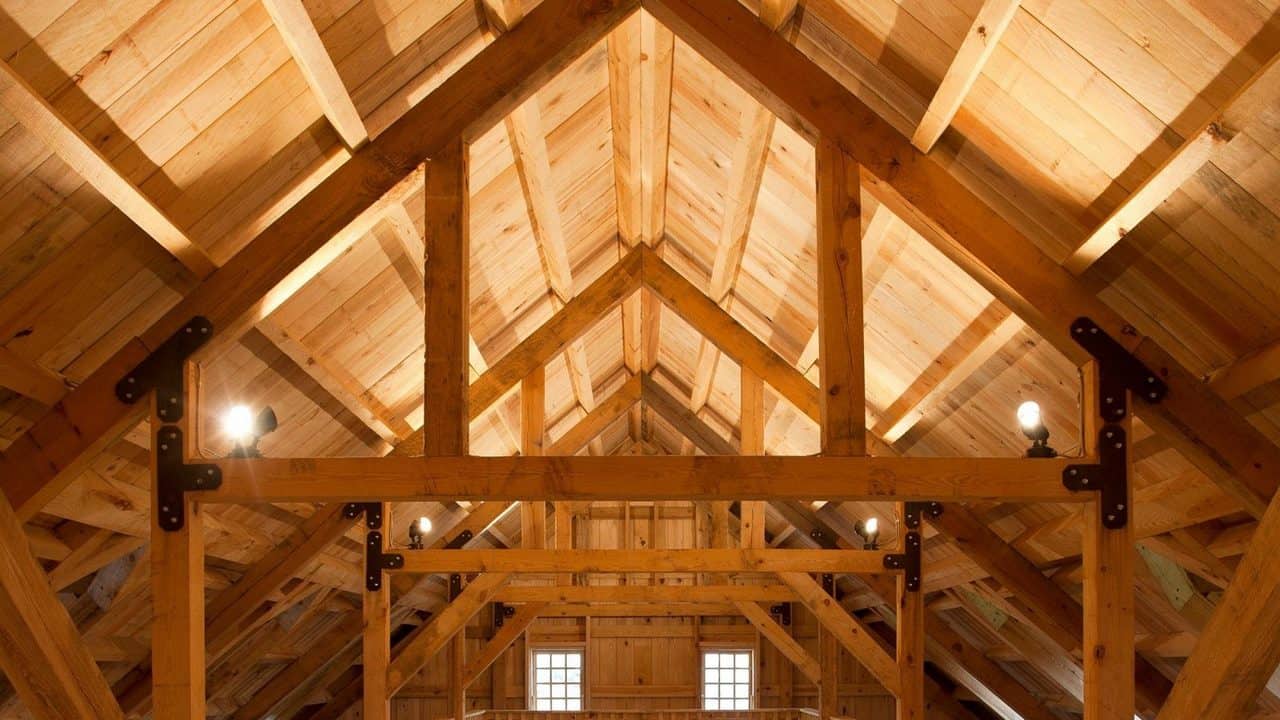
Framed barns are nowhere near as popular as the aforementioned styles, but this is because they are a lot more customizable and specific than them.
While the gambrel roofed barn is simple and practical and the panelized or prefabricated barn is basic and affordable, a framed barn provides you with a lot more flexibility and functionality, while also being a lot more expensive.
This is because you usually build a framed barn when you also want to add in an upper story for an apartment, an office or any other sort of extra space above.
Think of framed barns as extensions of your home, not a secluded place for your livestock to be kept in or for you to store hay in away from everyone’s sight.
4. Tobacco Barns
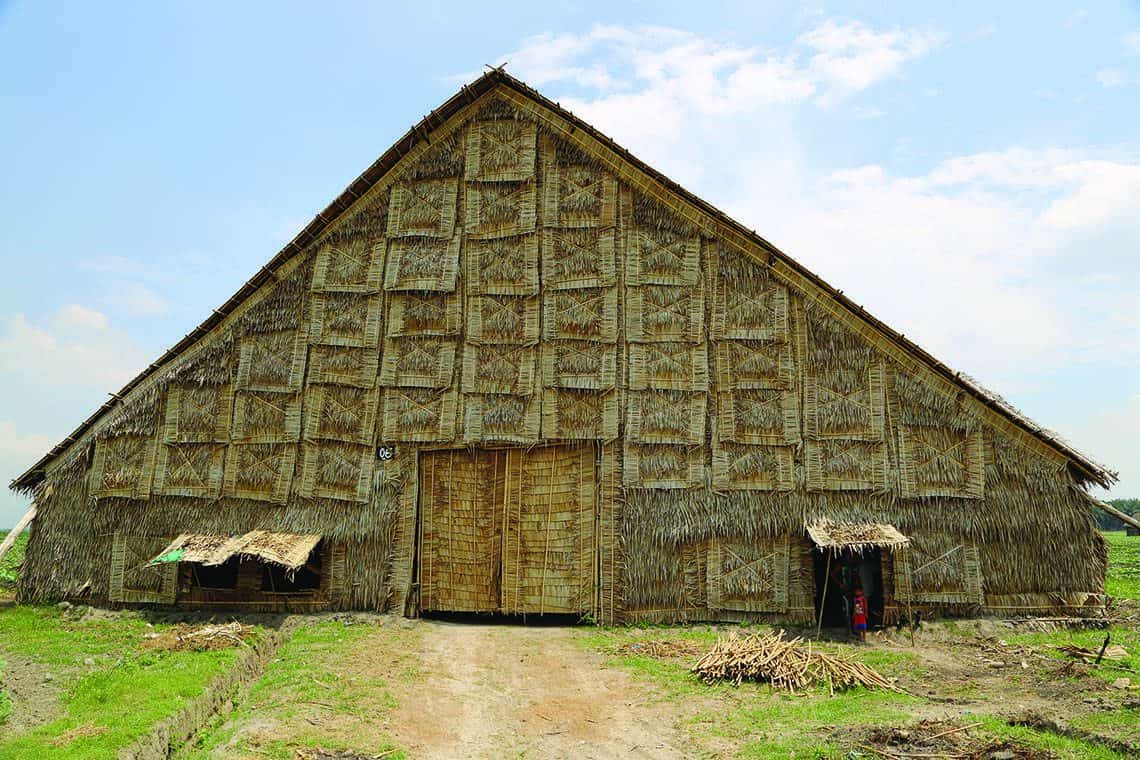
Tobacco barns are most popular in the South and East where they first came about around four centuries ago. As the name implies, they were mostly built for tobacco farmers to store their crop in after harvest.
Since their produce needs to be hanged and left to dry, these barns are often times heavily ventilated. As far as the style is concerned, these tobacco barns are also very much so customizable to a tee, since not all tobacco is dried the same way.
For example, you can either go with vertical, long doors which open along the sides, in order to allow the air to properly come into the barn and do its job, but you can also go with different styles all the same.
As far as the build itself is concerned, you can usually opt between oak, poplar or regional timber.
5. English A-Frame Gabled Barn
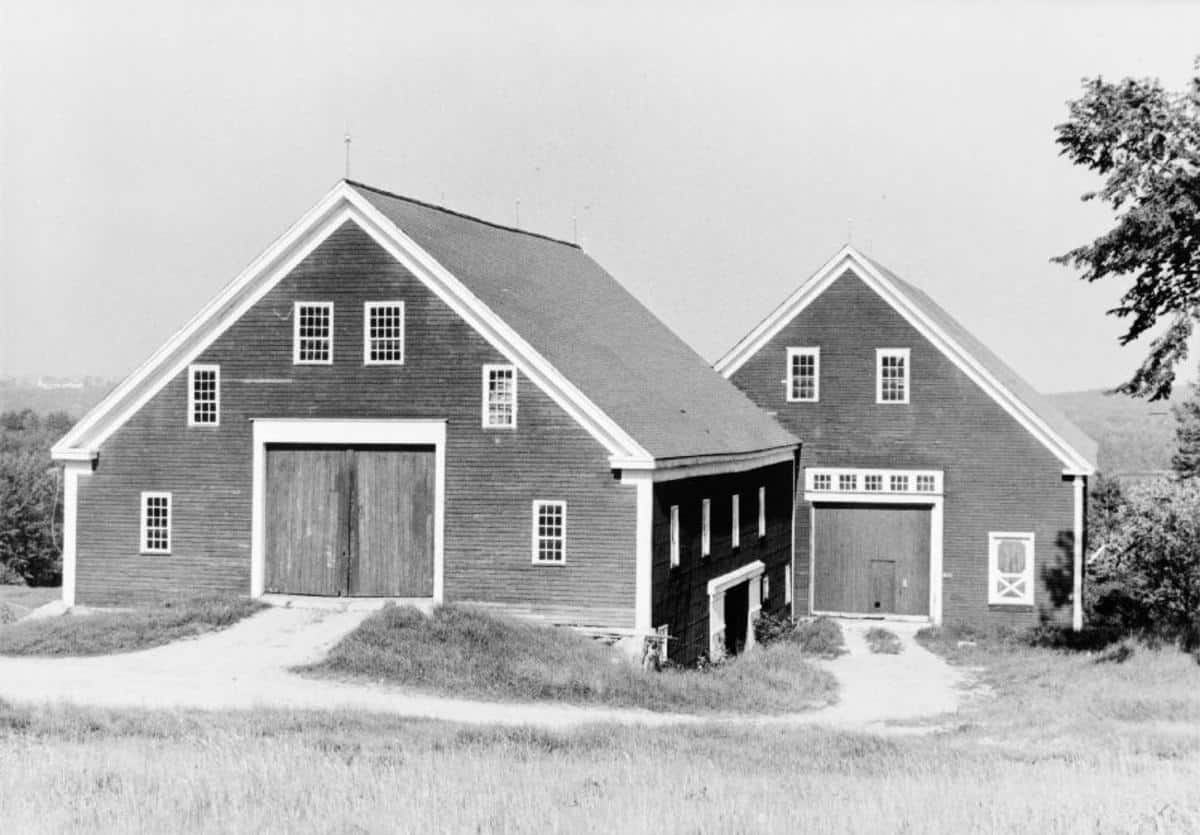
Despite the fact that it does carry the name of the English, the New England barn style was originally created in America, where the European-style was extremely popular at the time.
This style was all about being minimalistic and practical, which suited the early colonists a lot because they didn’t have the most resources lying around so they had to improvise a lot.
As such, they decided to build 30- to 40-feet barns that were topped with an A-frame roof which was extremely easy to construct.
The A-frame, or “gable” roof, immediately caught on because the rain and snow quickly fell off of it, so farmers all around decided that this was the perfect option for them at the time.
Interestingly enough, a key difference between the English Barn and every other barn at the time was the fact that the doors were always placed on the longest wall.
6. Rustic Bank Barn
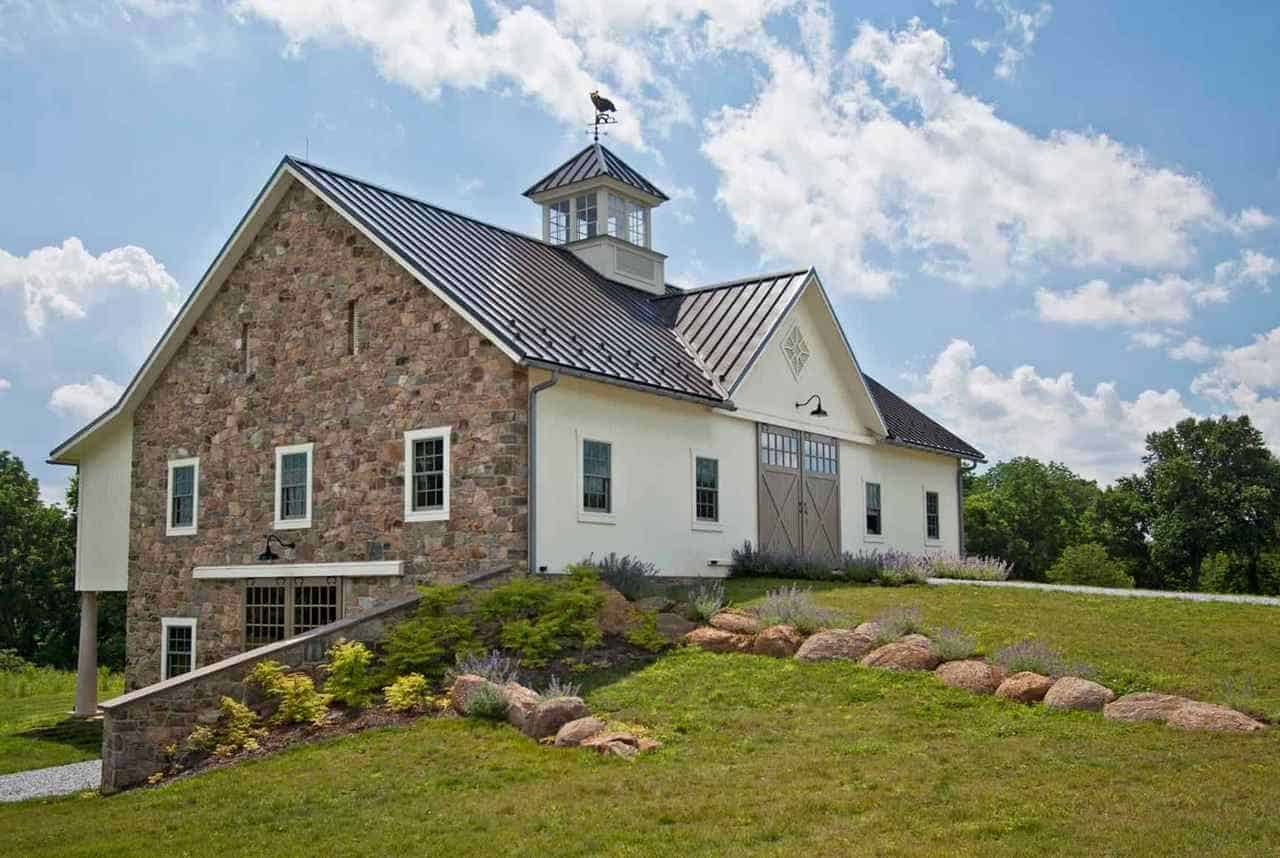
Rustic bank barns are pretty much the most ingenious barns you will ever see, not because they’re really complicated or luxurious, but because they are actually built directly into the landscape itself.
The very first bank barns were almost entirely built into the ground that they were on, which meant that while the actual designing of the barn was not the easiest thing to do, it did save a lot of money since they didn’t have to use as many materials to get the job done.
On top of that, farmers can also access the upper level where they have grain or hay stored with their earthen ramp, and they can also install a separate storage section in which the livestock can be kept.
Overall, this is a very ingenious way to store stuff while also saving a lot of money in the process.
7. Circular Barns
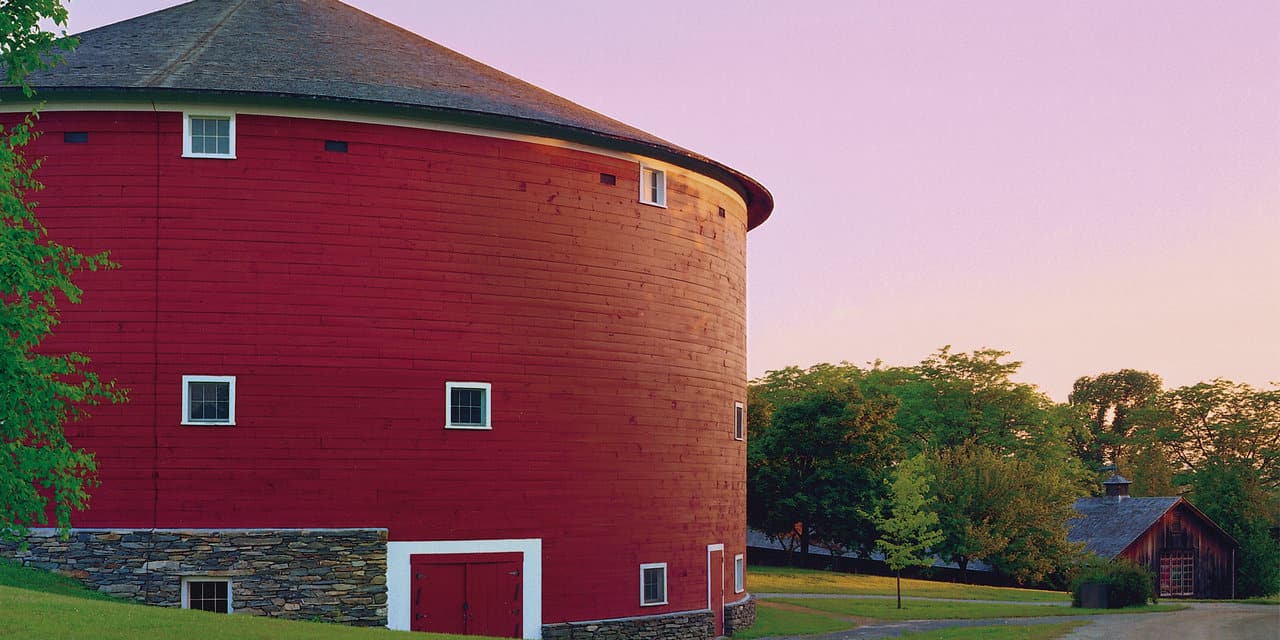
If you want to really stand out though, and we do mean that, we always recommend that you go with something like this.
Building a circular barn is a relatively new idea that was discovered not too long ago. As such not a lot of farmhouses have one of these, which immediately makes this a very good option for those looking to make their farm more unique.
You can also go with a 16-sided barn with this style, similar to the one that President George Washington built back in the day. As you can tell, while the idea itself is not new, it only recently started to catch on, and for multiple reasons too:
- The circle itself is very satisfying to see, especially if it is a perfect circle.
- It is a very efficient way of building your barn since you save a lot of money on material use.
- It can very easily be customized, since no big-name brand deals in circular barns, which means that if you want to get the job done you will need to get personalized builders regardless.
- It is very efficient when it comes to the actual shape of it, since you can organize the feeding around the outer ring.
Speaking of circular structures for your farm, have you seen our post on farm silos?
8. Pole Barns
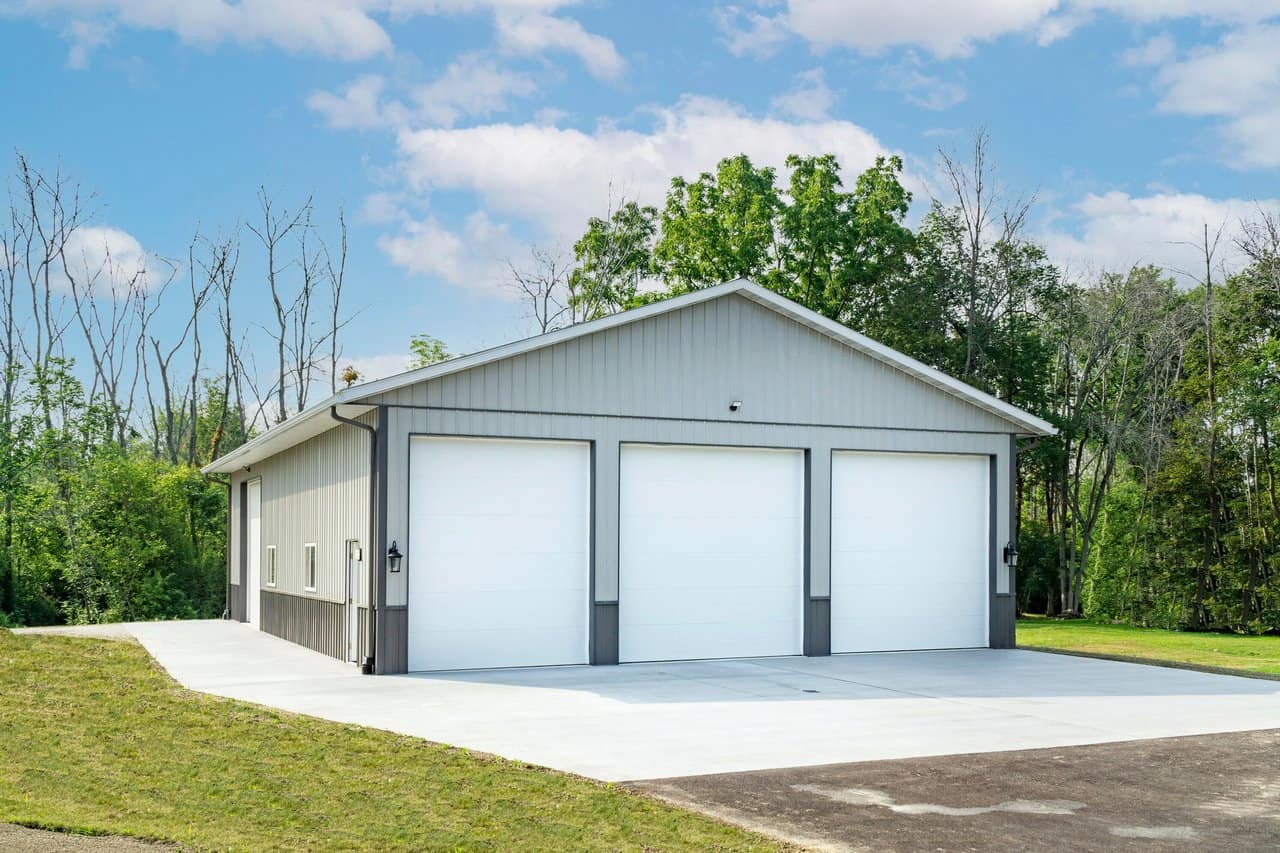
Pole barns are pretty much everywhere these days, both in and outside of the US too. The idea was first brought up back in the 1930s, when farmers decided to use old telephone poles to build their barns.
This proved to be a huge success, and before long it became one of the most efficient way to actually build your barn.
The posts themselves would either be buried underground or just covered into thick slabs of concrete. Because of this, the barns themselves wouldn’t really need a foundation, although you can still go for one if you want to be sure that nothing can take your barn down.
One advantage that we’ve noticed when it comes to using pole barns is the fact that they have a lot more storage space than most other barn styles out there, and as such they can be used for a lot of different reasons, all under one roof.
9. Peaked Prairie Barn
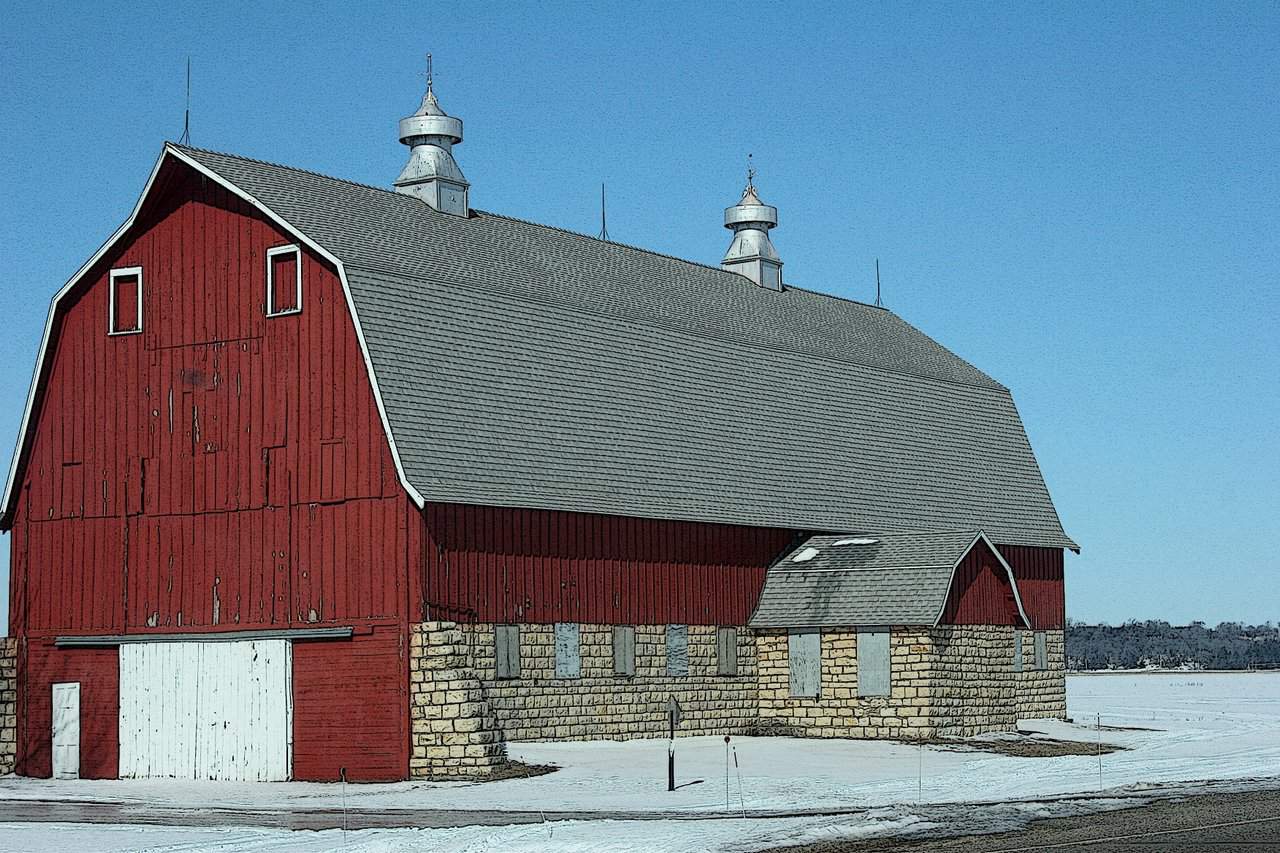
By far one of the most popular peaked prairie barns around is the famous T.A. Moulton barn from Wyoming’s Grand Teton National Park.
Prairie barns, or as they’re often times referred to as, Western barns, are exceptionally large barns that also have very long, tall roofs.
They are especially great when it comes to their storage space, which is why they were originally used back in the day by the settlers to store egregious amounts of hay and grain.
You can tell if you’re dealing with a peaked prairie barn based on its roof. If the roof is peaked, with it starting from the ground up almost, then you are a hundred percent looking at a peaked prairie barn.
This style was soon overtaken by the gambrel roof barn, simply because by using that method you are pretty much able to store a lot more hay and grain.
10. Shedrow Barns
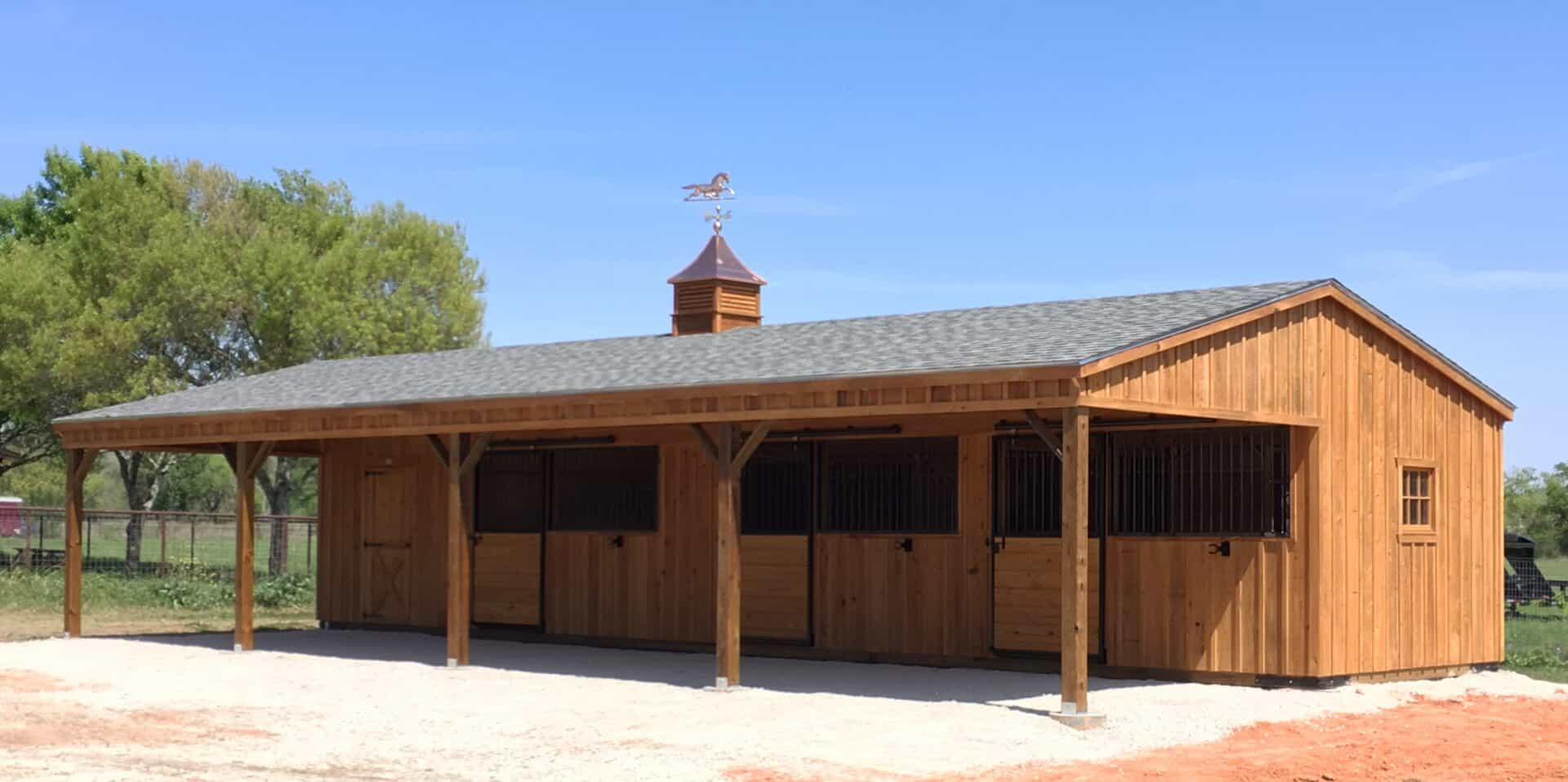
If you’re looking to build a barn for your horse then look no further than the shedrow barn, because there is nothing quite like it on the market.
You can also find it under the nickname of the modular barn, which is given to it due to its ability to be purchased and shipped onto your property in one to three pieces.
If you have about one to four horses, you will be happy to hear that this is one of the most affordable options for you while also being one of the best.
A lot of farmers actually love to keep the shedrow barn doors open at all times, allowing the horses to walk right in whenever they feel like it, which means that you won’t really have to worry all that much about it.
It is a smaller barn option for sure, but still a great one if you want to have a place for your horses or your cattle.
11. Rustic Corn Crib Barns
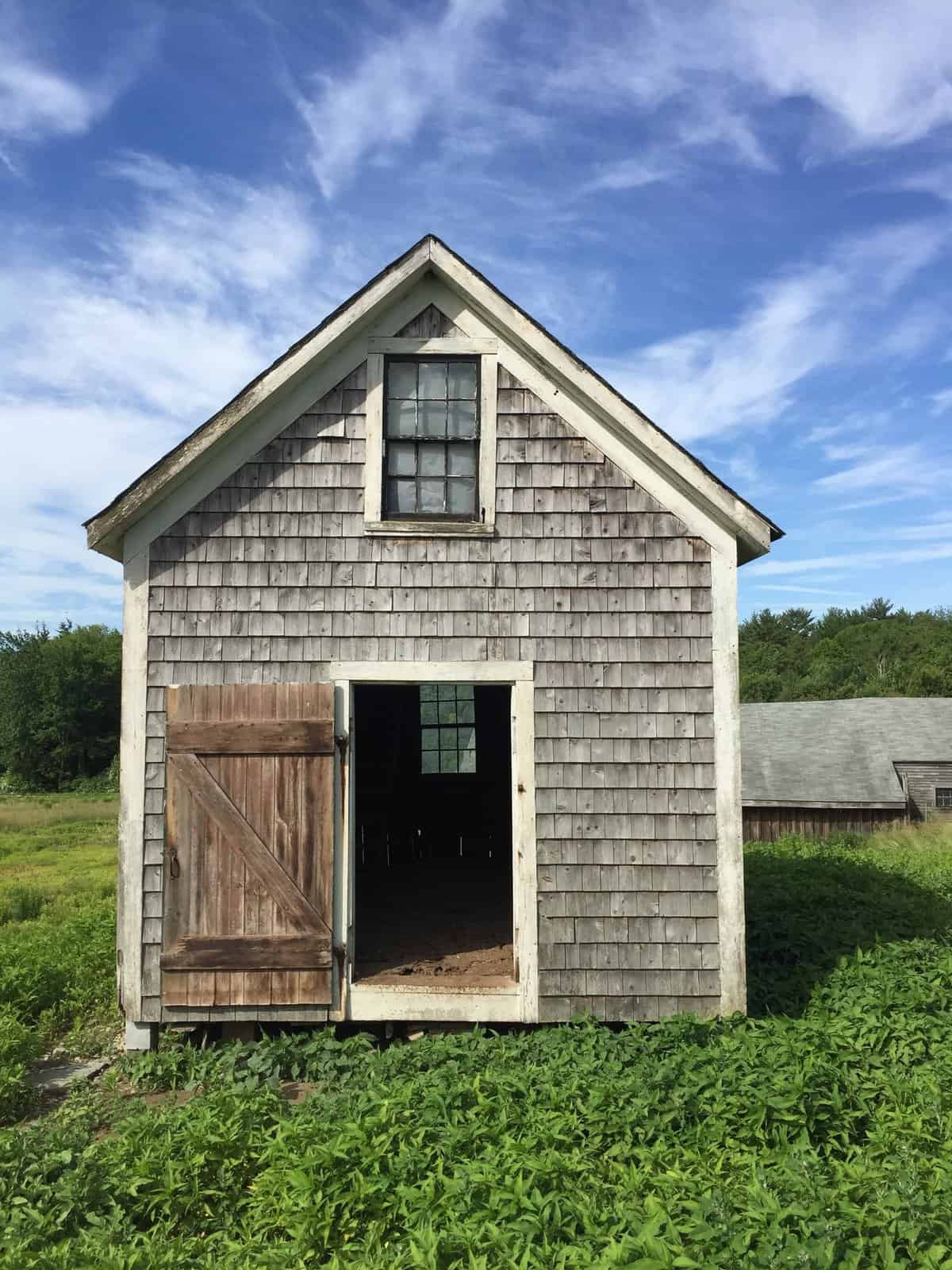
As the name implies, rustic corn crib barns were originally created to store freshly picked corn. Because of this, the barns needed to be dry and well-ventilated.
As such, rustic corn crib barns rarely had any doors whatsoever, with each of the sides of the barn having two corn cribs ready to store the produce in.
On top of that, they also had wide slats in between the boards which further facilitated the ventilation of the place.
You also had a spacious center aisle where you could park your wagon in so that you could either shell the corn, bring more of it or take it away.
They are nowhere near as popular nowadays due to how much technology has taken over the ventilation aspect, but that doesn’t mean that they are completely useless.
Rustic corn crib barns are a lot more affordable than most other barns on this list, although they are also very much so a lot more niche to say the least.
12. Clear Span Buildings – Steel & Wood
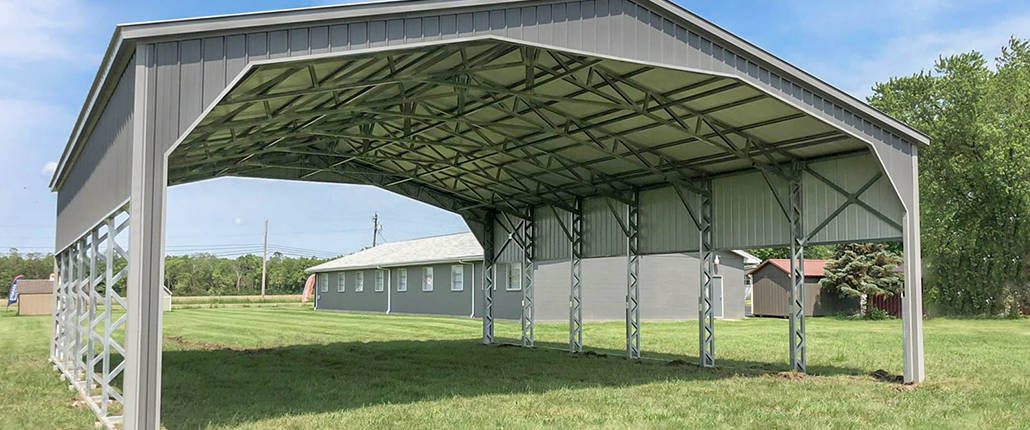
This specific type of a barn doesn’t even need a framed wall whatsoever. Instead, they use a truss to clear the span in the shorter side of the building.
There are three different types of trusses for you to choose from, specifically the metal, timber and scissor trusses.
Just keep in mind that if you want to go with one such building you will need to get experienced builders to get the job done properly for the foundation to be perfect.
13. Monitor Barns
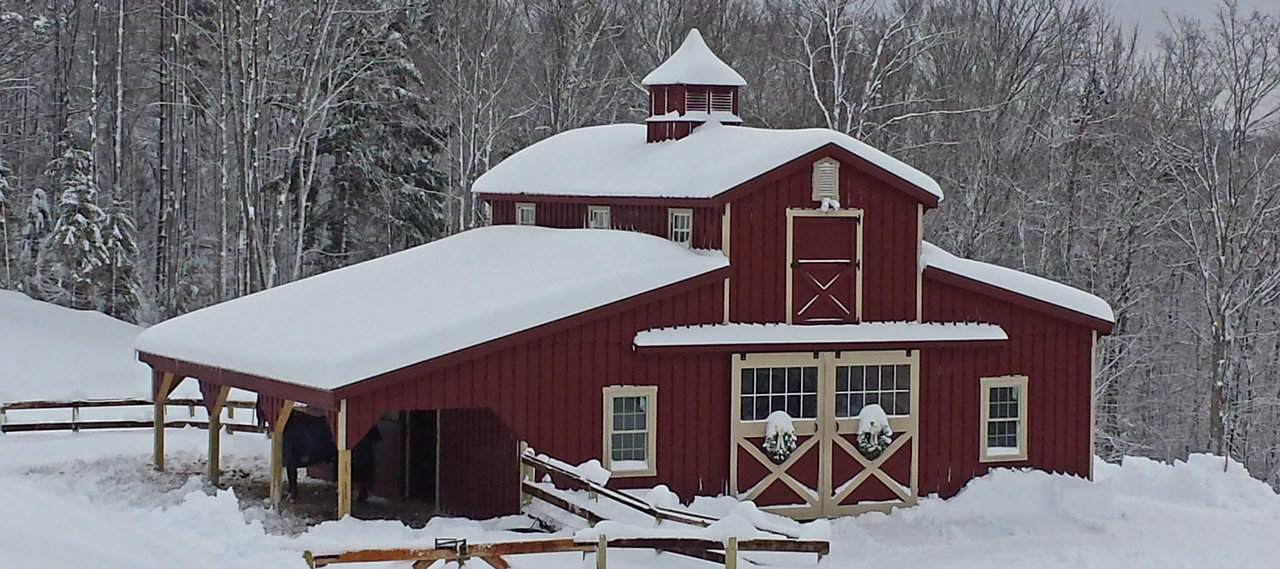
Monitor barns have this unique roof in the middle of their structure that immediately pops out. This was done originally to help the air circulate through the barn, and even though it is an age-old style, it is still popular even to this day for livestock barns in particular.
The raised center roof is actually a lot more practical than you’d think, since it allows for ventilation and light to enter the barn, while also providing you with an extra storing feed loft.
As such, it is a no brainer that a lot of farmers these days prefer to go with a monitor barn over any of the other styles on this list.
When it comes to the price tag, it is pretty much all the same as the average barn, albeit you will need to pay a bit more since it is a tad bit larger than the standard barn.
14. Block Barns (CMU)
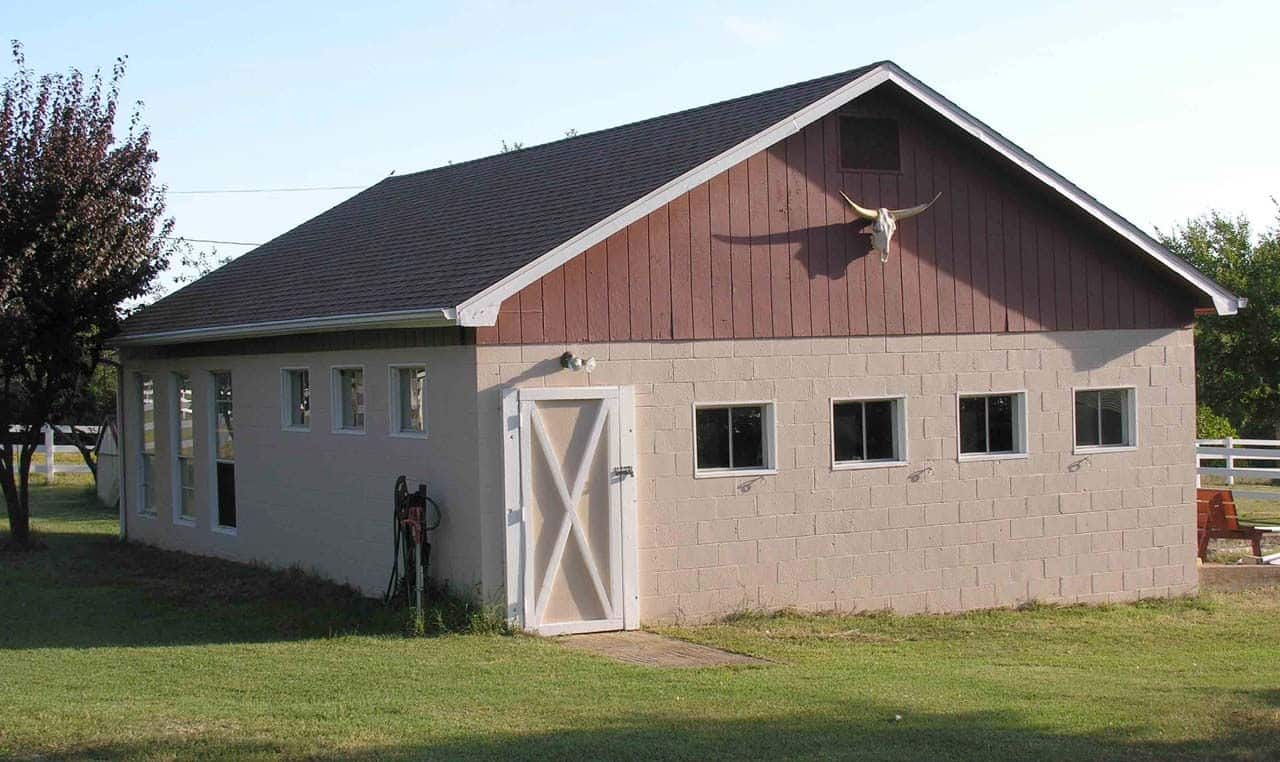
CMU barns, or cinder block barns, are actually all the rage right now for farmers that want to start up their business in warmer climates.
Floridians for example absolutely love opting for this barn style, especially so since it is a bit of a sturdier option that can survive against hurricanes and tropical storms with relative ease.
Just keep in mind that if you do choose to go with a block barn, you will need to go with a high-quality builder that knows what they’re doing. You can also fully personalize your barn using this style which is always nice to see.
15. New World Dutch Barn
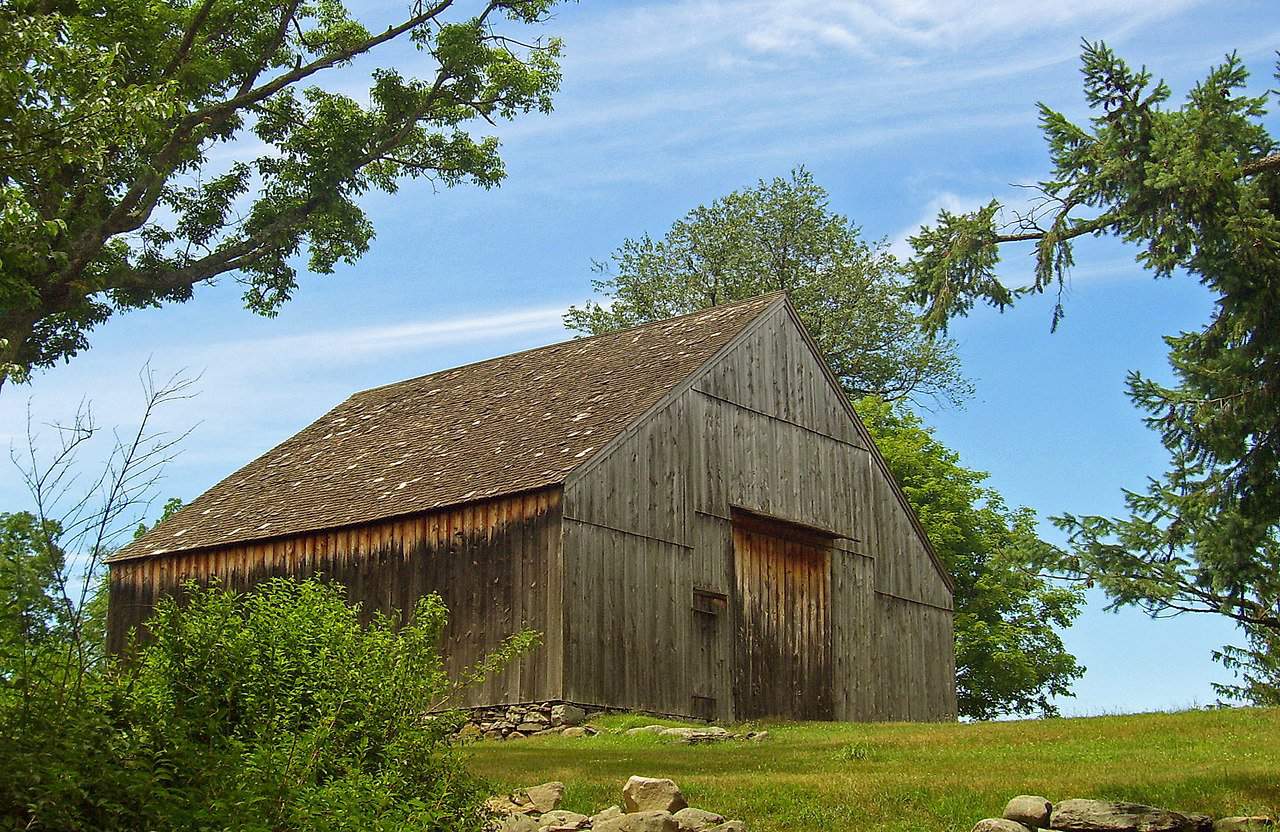
Despite the fact that this was once one of the most popular styles around, it is practically extinct these days since it is no better than most other barn styles, while also being quite a lot more expensive to build in the first place.
Dutch barns were all the rage back in the late 18th century, as they used a broad gable style roof which reached almost all the way down into the ground below.
This barn style is absolutely huge though and always a wonderful sight to behold, and on top of that most Dutch barns also have Dutch doors where the top part of the door can swing away from the bottom.
Overall, while not the best option around, it is still a great style to go with, especially so if you want to be unique and you still want to get your money’s worth from the construction.
Conclusion
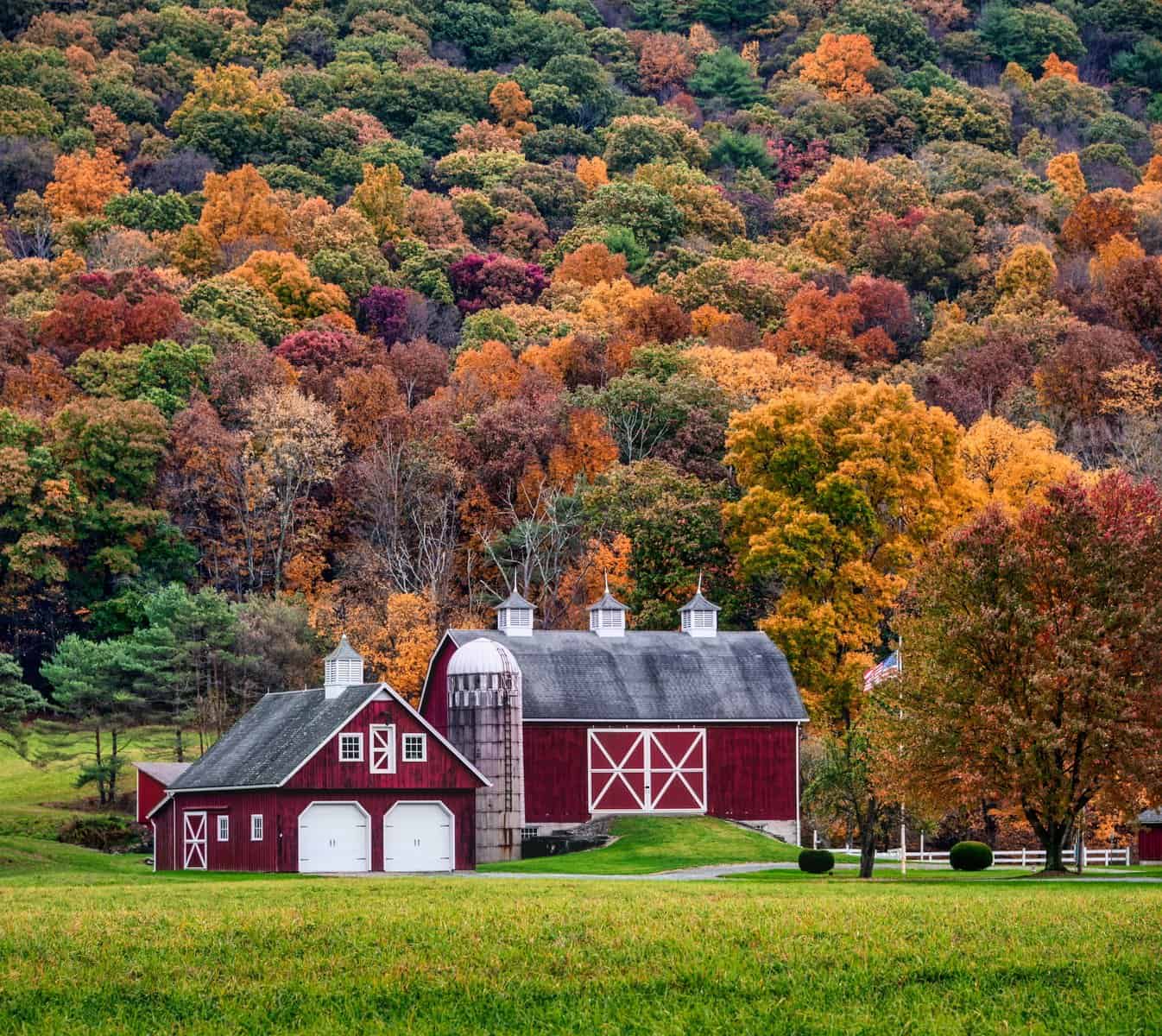
Building a barn is never easy, simply because there are a lot of steps that you need to undergo to make sure that everything goes according to plan.
But, as long as you hire the proper workers to get the job done, you shouldn’t have any real issues with the process. On top of that, barns are exceptionally practical, and we always recommend that you build one from scratch if you want to get the most out of it.
With that being said, we wish you good luck with your plans, and we honestly hope that this article was useful to you.
Contents
- 1. Gambrel Roofed Barn
- 2. Panelized/Prefab Barns
- 3. Framed Barns
- 4. Tobacco Barns
- 5. English A-Frame Gabled Barn
- 6. Rustic Bank Barn
- 7. Circular Barns
- 8. Pole Barns
- 9. Peaked Prairie Barn
- 10. Shedrow Barns
- 11. Rustic Corn Crib Barns
- 12. Clear Span Buildings – Steel & Wood
- 13. Monitor Barns
- 14. Block Barns (CMU)
- 15. New World Dutch Barn

